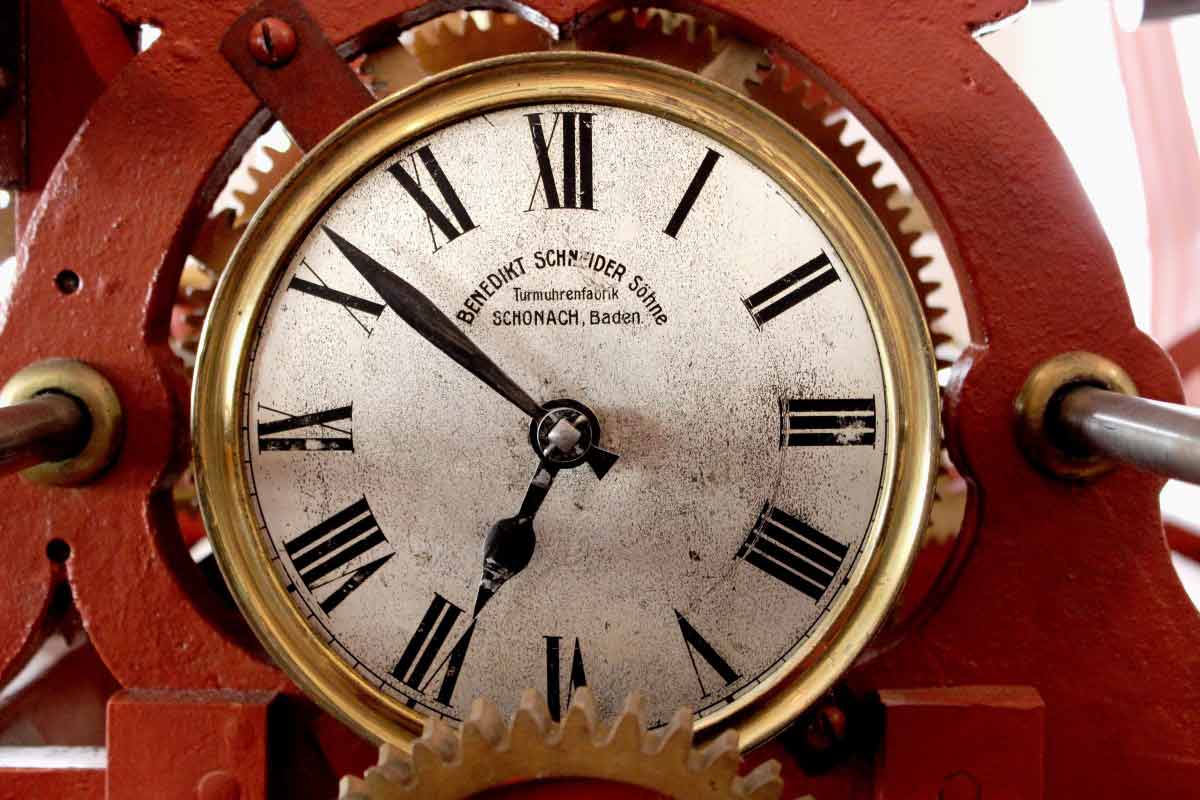Best Time To Go To Havasu Falls: Weather, Temp, Seasons
Determining the ideal moment to venture to Havasu Falls is crucial for maximizing the value of your investment in terms of money, time, and energy. While the official season spans from February to November, the selection of the perfect time entails a nuanced evaluation. The environment surrounding Havasu Falls undergoes dynamic transformations throughout the year, each period offering distinct advantages and drawbacks. This article will give an overview of Best Time to Go to Havasu Falls. Keep reading.
Exploring the Seasons
Winter paints a picturesque scene with its frost-kissed landscapes, yet accessibility may be hindered by inclement weather conditions. Spring breathes life into the canyon, as vibrant wildflowers bloom amidst cascading waterfalls, creating a visual symphony of colors. However, this season often witnesses a surge in tourist activity, potentially compromising the tranquility of the experience.
Unveiling Summer’s Charms
Summer heralds the zenith of activity, with warm temperatures inviting visitors to indulge in refreshing swims beneath the falls. Yet, the scorching heat may prove challenging for extended hikes, necessitating adequate preparation to mitigate discomfort. Autumn ushers in a sense of serenity, as crowds dwindle and temperatures moderate, offering an idyllic setting for those seeking solitude amidst nature’s splendor.
Factors to Consider
Beyond seasonal considerations, other factors merit attention. Accommodation availability, trail conditions, and personal preferences regarding crowd density and weather tolerance should all factor into the decision-making process. Meticulous planning and flexibility are key to ensuring a fulfilling and memorable excursion to Havasu Falls, where the convergence of natural beauty and human endeavor awaits exploration.

Best Time to Go to Havasu Falls with Right Plan
Take away
All visits require at least a one-night reservation, depending on whether or not you select to remain on the campground or Havasupai Lodge, aka “the Lodge” in Supai Village. Your worth will embody your keep, what you are allowed, and any extra taxes and costs. Fitness – Meditation – Diet – Weight Loss – Healthy Living – Yoga
The magic of Havasu Falls could also be onerous to outline—is it the turquoise swimming pools or its distant location?— but it‘s simple that folks come from throughout to witness their magnificence. Getting there, although, is just not as straightforward as reserving a ticket.
To go to Havasu Falls “the proper manner” requires planning and loads of bodily preparation. Here is our information to make your journey to the falls a memorable one.
Other Recommended Reading
- 60 Best Places to Visit in Napa Valley With Family
- 35 Best Hudson Valley Towns to Visit This Weekend
- Best Time to Visit Big Bend National Park
- American Zoos with Magnificent Giant Pandas
- Safari Wild Animal Park Como MS Travel Guide
- Tennessee Safari Park – Travel Plan | Guide | Adventure
- Tennessee Drive-Through Safari – Travel Guide
- Harmony Park Safari Huntsville: A Safari Park Montgomery AL
- Drive-thru Zoo Alabama – What You Need to Know
- Alabama Safari Park Travel Guide – Facts to Consider
- 12 Free Zoos in the US for Enthusiastic Learners
- 10 Top-Ranked Zoos in the US You Should Check
- Top Ten Zoos in the US | Underrated Zoos to Visit
- Top Zoos in America – Where are the Best Zoos in the USA?
- 10 Best Zoos in America for Memorable Family Visit
- Top 10 Zoos in the US Every Visitor Should Visit
- 10 Top-Rated Popular Zoos in North America
- 10 Highest Rated Zoo in the USA Visitors Like
- Top 10 Zoos in the United States People Rate Good
- 10 Top Number One Zoo in America Visitors Like

